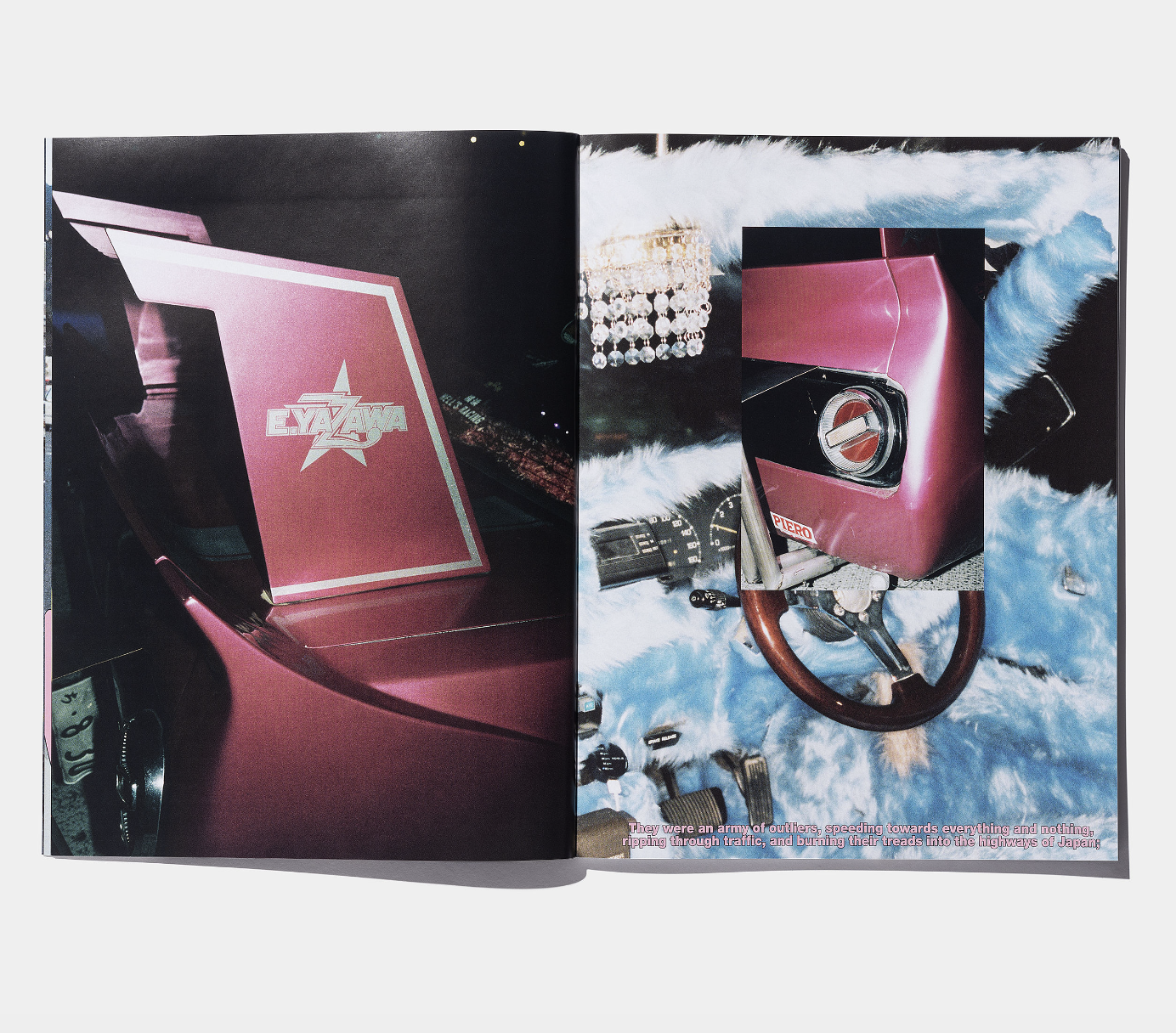Whether they are from Paris or not, the French typically use expression “metro, boulot, dodo” when speaking about the city. You take the metro, go to work, come home, sleep and repeat. But Paris has always been a city of possibility. In terms of its influence on urban design, its unique, and even now, in the age of hyper capitalism, still has a special magnetism. Indeed, in our modern era, perhaps the appeal of Paris lies in its ability to still offer the possibility of flânerie – the act of walking freely and without a precise goal in order to uncover the unexpected.
The Situationists, who were the late 1950s through the 1960s incarnation of Baudelairean flaneurs, sought to undermine the regimented, prescribed ways that we end up accessing cities, often through activities contrived to pe “purposeless”: paying a taxi driver, for instance, a fare to take you anywhere that he chooses to go. These actions sought to redefine cities outside of the logic of capitalism as something other than functional, as places of possibility beyond “metro, boulot, dodo”: they sought to discover, cover new ground and often, simply waste time. Time, of course, being a scarce resource in most major global cities. This isn’t to draw a perfect portrait of Paris. It can exhibit a sense of hyperreality, an Emily in Paris-like aesthetic. It is a socially and politically fragmented city. But Paris is the place for derive (“drift”), specifically because it is this huge ring heterotopias; places which host specific imagery and a range of experiences. They can be a childhood treehouse, theater, or cemetery, even a psychiatric institution. We all have our personal and intimate heterotopias, our shelters. A heterotopy indicates a rupture within the traditional chronology of events – like a museum, for instance. A museum is both a closed and open space, isolated yet accessible. It has a specific function in society. Heterotopias can either be an illusion in which you lose yourself, or spaces prone to improvement, self-actualization, and social progress. They can cause a behavioral shift when entering them.
I came to Paris seven years ago to study contemporary philosophy and have experience this heterotopic structure from the start. I can feel like I’m living in several different realities at once, from my academic background, and work in fashion and the arts, to my personal life. But I believe that crossing these various areas allows me to regain control over a city that moves without me. I have enjoyed seeing people at concerts, parties, or vernissages, only to lose sight of them then cross path years later. I’ve everyone from students and publishers, to skaters and otakus; people from Milan, Tokyo and Astana. Paris is inherently chaotic. I don’t actively seek out the heterotopic experiences, yet I feel deeply attuned to the frenzy of it all. Like a shapeshifter, you can choose to merge with your surroundings or reject them and take a different path. A different way or route. Now I am choosing to temporarily distance myself from the chaos and move slowly, yet I am still amazed by the heterotopic experiences I still face. And whether conscious or not, I associate this feeling with derive, this urge to reinvent my relationship to my surroundings. I prefer to mirror spaces than exist in their shadows.
Words by Cyana-Djoher



